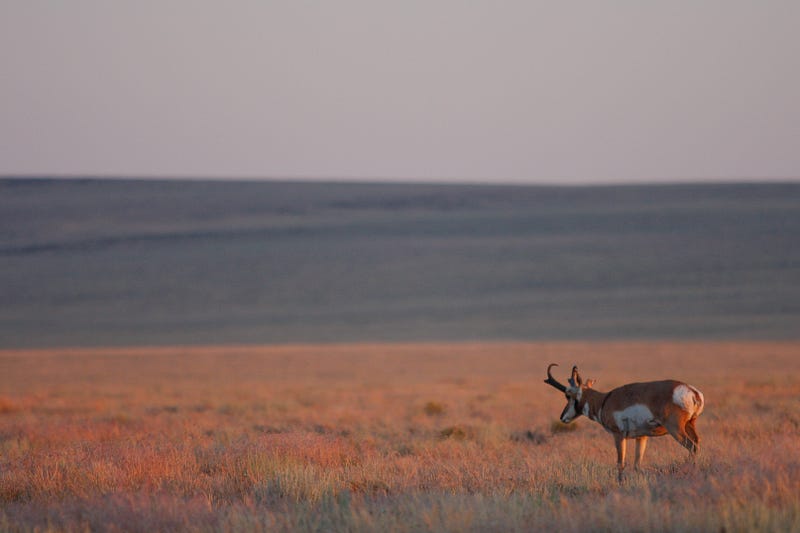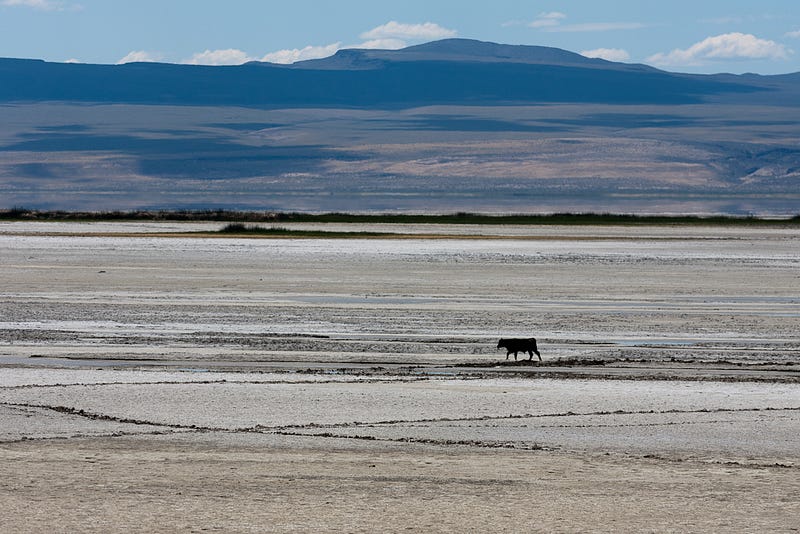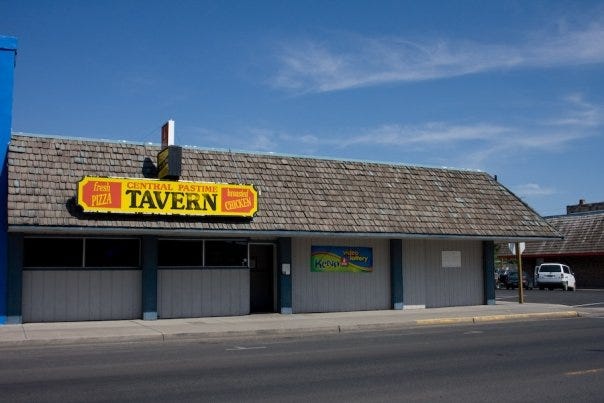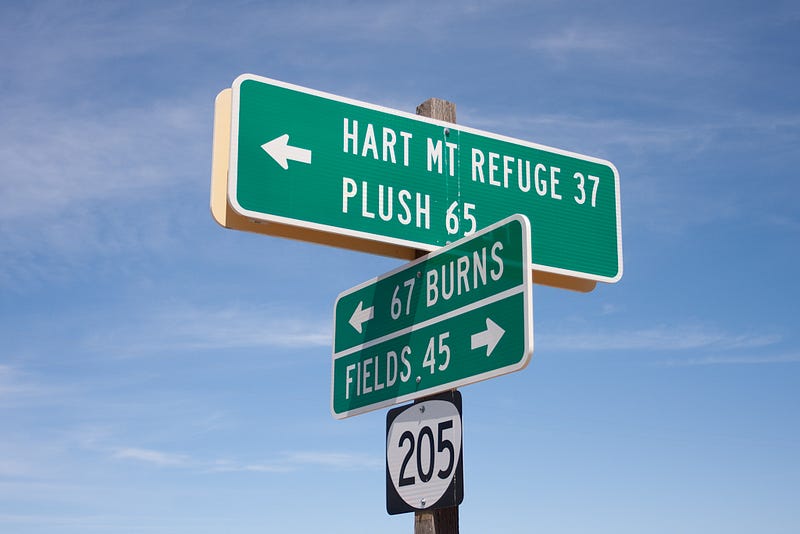
I came of age in Harney County. I first visited at 19 under the tutelage of the venerable Dr. Steve Herman, a faculty member emeritus at The Evergreen State College, and I caught his infectious love of wild things in wild places. Growing up a city kid, I did not know that such places existed in the United States, and that there was so much wildness left in our country — I was such a stooge, I thought I was in Africa when I saw my first pronghorn. I immediately went on to live there for 3 summers — one summer in a tent out in the sagebrush (no shit), and two summers in a double-wide trailer out near old Fort Harney that we rented from a local cowboy. I was working, first as a poverty-wage intern, then as a field biologist, studying birds on public lands. Lands that no one wanted to own (except for the forcibly evicted First Peoples), managed by the Bureau of Land Management, and lands that Theodore Roosevelt was inspired to set aside for wildlife, at Malheur National Wildlife Refuge.

The community of Burns oddly didn’t reject me, a weird dorky kid with binoculars and a strange job. Over the years, I bought gas and groceries, ate at restaurants, drank in the bars. Shopped at the creepy thrift store in the old post office, the B-H Corp. I learned a few names and faces, was recognized or even known by name at a couple of regular stops. I had my first legal beer on my 21st birthday in the now-defunct Old Camp Casino in Burns. I graduated from college. I fell in love for the first time, and then fled back to the sagebrush licking my wounds, when I fell out of that love. I learned the value of hard work, and how much I didn’t know. I bought a consignment 1987 Chevy ¾ ton pickup truck off the used car lot at Ruel Teague Motor Company in Burns after I rolled my first pickup off the road near the Malheur Field Station. I think that wrecked pickup is still out there, at the field station. I have visited it a couple times, to remind myself of my own mortality. I made life-long friends; you know who you are.

My life moved on — I worked and studied in the Aleutians, Susanville, Missoula, Happy Jack. But Malheur country is a part of me. One of the most important things I ever did with my best friend and wife was to go there together, to share with her. When I traveled to the University of Montana to defend my doctoral dissertation and drove back, triumphant but alone, to my life in California as a college teacher, I detoured and stayed at that one hotel by the giant American flag in Hines. For my 32nd birthday, and to celebrate completing a PhD in biology, I went out and ate a chicken-fried steak and had a glass of milk in Hines. I’ll bet there’s not another person on the planet that can say that.

For 17 years, this place has pulled tears, smiles, sweat, blood, and love out of me. I visit there with friends on Memorial Day weekend whenever I can. If you had a college there, I’d look through the job ads every week (wink — don’t tell my current employer, oops, I just did). Today, I get to try to pass on my love and understanding of the American West, and the wild things and places that make it what it is, to my students. That love and understanding — including the conflicts that divide it and the themes that unify it — was born in Harney County. I know that my views on the value of public land are perhaps not representative of a lot of real locals, and that’s okay. I don’t try to fault anyone for disagreeing with me (when I was younger, this was not true — sorry). Those differences can be settled through reasonable discussion, the rule of law, and at least we all start from a place of love for this country.

So, yeah, it means a lot to me when an armed gang of insurrectionists illegally takes what is essentially ground zero of my adult life, with the intention of overthrowing the federal government and ending the rule of law. I can’t imagine what it’s like for the real locals, born and raised there, the public employees that are raising families there. I’d like to see this end peaceably, and soon, so that other dorky kids with wanderlust can find their place in the world and learn who they are. More importantly than my selfish tale, this needs to end so that the people of Harney County can get their lives back, and so that we can all get our public lands and wildlife heritage back.
Daniel Barton is an Assistant Professor of Wildlife Biology at Humboldt State University, in Arcata, California. He hopes to visit his past and future in Harney County again, soon. All photos (c) Daniel Barton 2015. Twitter: @oreothlypis
[First of a two-part series — the second is here.]



















